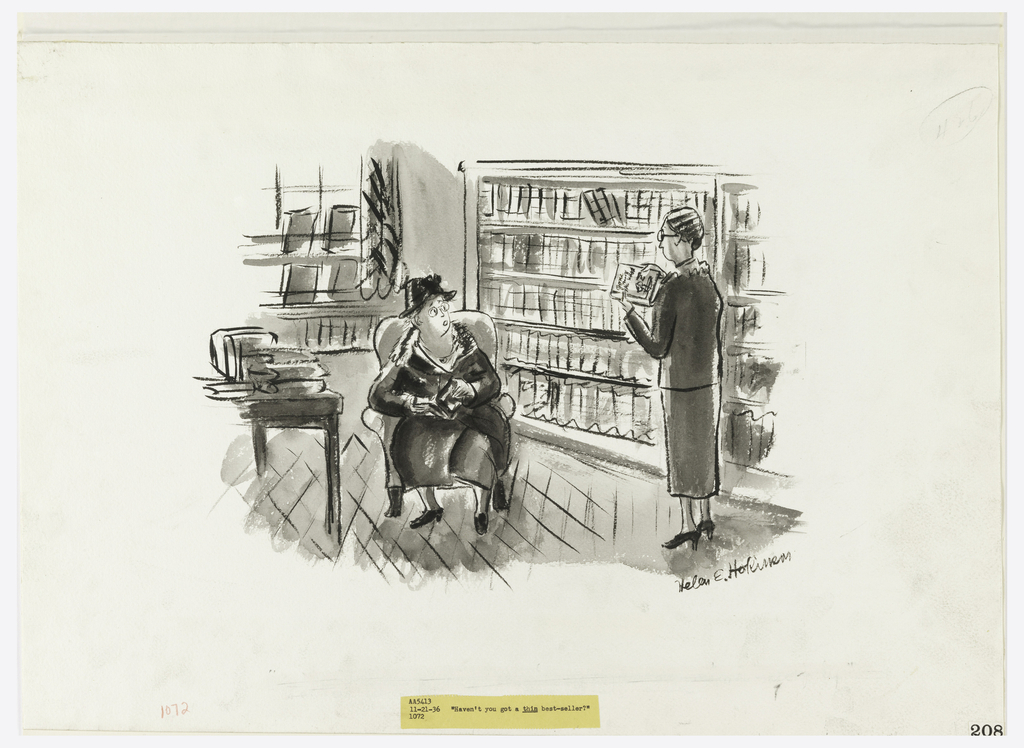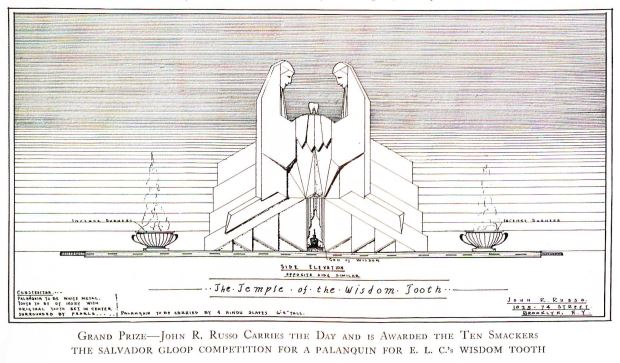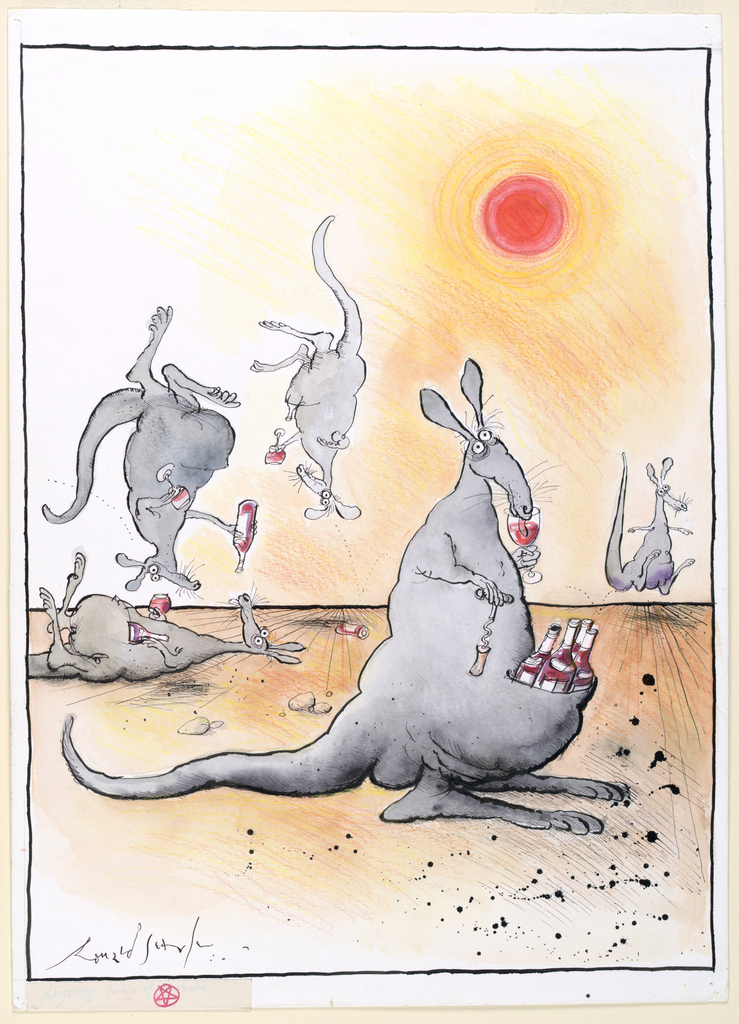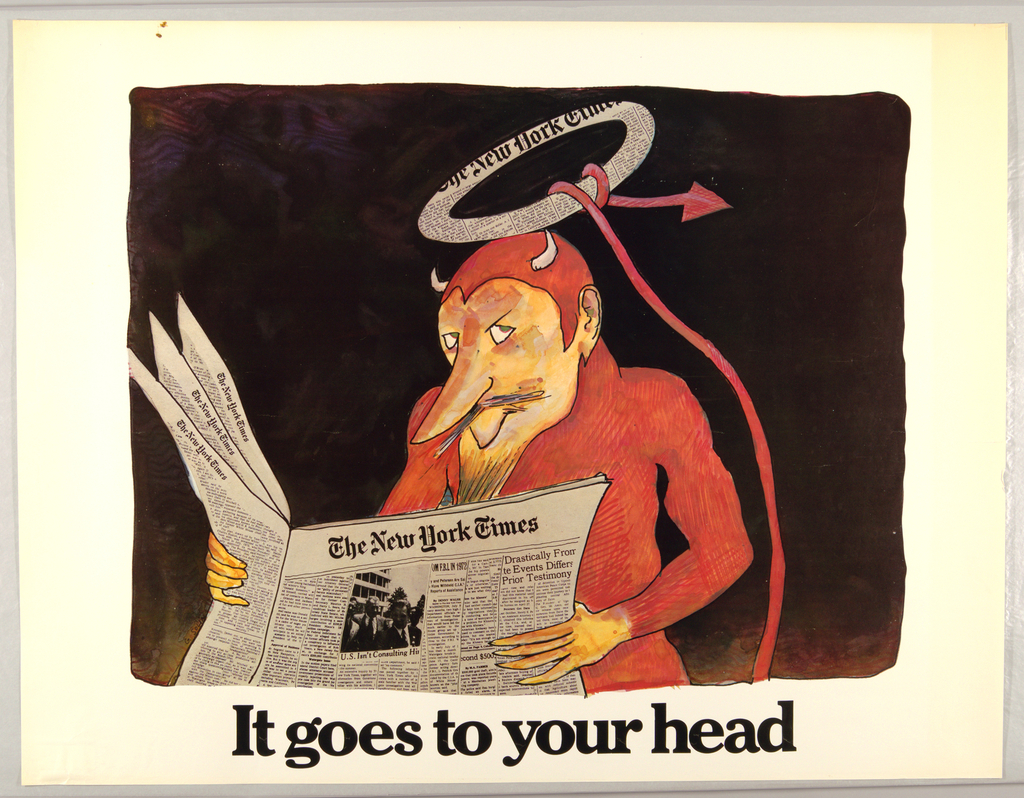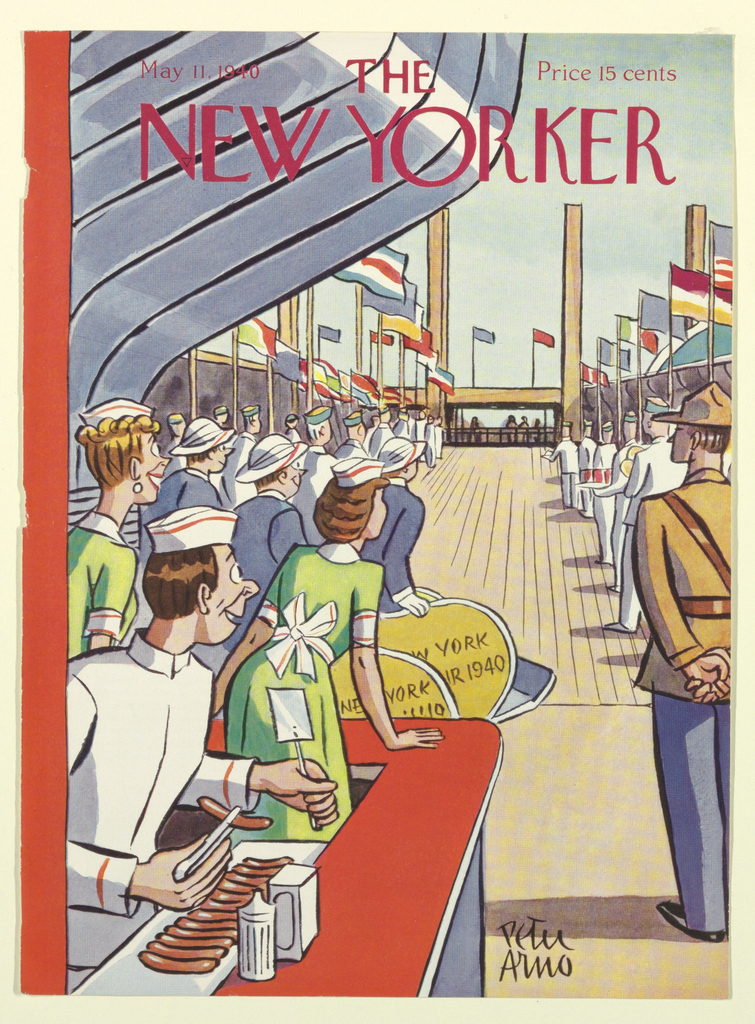Helen Hokinson, or “Hoky” as her friends called her, contributed nearly 1,800 cartoons and vignettes and 68 cover designs to The New Yorker in the first half of the 20th century. Her long-lasting association with the magazine began just a few months after it launched, when a drawing of a round, middle-aged woman standing on...
Design is for public consumption. Its process is collaborative and frequently involves many iterations of an idea before the best solution is found. This is why contests in design come about so naturally. Design competitions date all the way back to 448 BCE when the city of Athens decided to construct a war memorial on...
Somersaulting with dopey glee, a group of kangaroos thump around, lapping up wine from gravity defiant glasses. Inebriated marsupials with bottles in their pouches? Such a zany scene is characteristic of the work of beloved graphic artist and designer Ronald Searle (British, active France, 1920-2011). His wry illustrations, ranging from caricature to cartoon and inspired...
In Budapest, Hungary 1935, Andrew Kner was born into a family whose history in design, bookbinding and publishing dated back to the 18th century. In 1940, the Kner family fled the Nazi regime in Hungary and landed in Chicago, Illinois. Kner displayed an early interest in graphic design and matriculated at Yale University, where he...
Prolific cartoonist Peter Arno composed this cover for The New Yorker to celebrate the reopening of the 1939 New York World’s Fair in 1940.[1] The drawing depicts attendants, hosts, and representatives looking towards the fairground’s entrance in anticipation of large crowds. With the looming threat of World War II, the 1940 season of the 1939 New...
